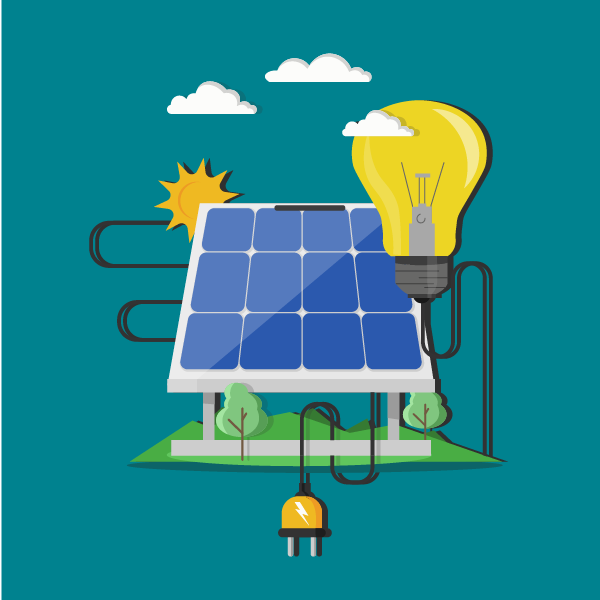
When you are considering adding a solar system to your house, you may ask yourself: how much solar power do I need for my house? There are a few factors that can help you get an answer to this question. The size of your home, how much electricity it uses, and the location are all things to consider.
Average electricity usage
When it comes to power consumption, it is not just about how much you use. The amount you use will vary based on your household’s size, the number of appliances you have and how you use them. In addition, your electricity bill will include various utility service charges.
The average American home uses around 29 kWh per day. On the other hand, the average commercial customer uses around 6,000 kWh of energy per month. That’s a lot of energy!
If you’re interested in saving money and cutting your carbon footprint, you might want to consider using solar power. For the sake of a few dollars, a small system with a few panels can help you power your house. Even better, you can shop around for a better rate. Several deregulated markets offer rates that are 30 percent lower than the national average.
Size of your home
If you want to know how much solar power your home needs, the answer is usually a combination of factors. The size of your home is important. Your family’s energy usage is another factor. In some cases, adding an electric vehicle can double the size of your PV system.
A smart meter may give you an idea of your daily use. This can help you figure out what is the most efficient way to install your system. When you have this information, you can calculate how many panels you will need.
Other factors include your local climate and location. The sun’s angle at certain times of the day can affect your energy consumption.
Solar panel wattage is also a key consideration. Bigger systems of 8 to 10 kilowatts are becoming more common. These larger systems can provide enough electricity to keep a household going on the occasional high consumption days.
Peak sunlight hours
If you want to install a solar panel in your home, you’ll first need to understand peak sunlight hours. These are the hours of direct sunlight your panels receive, and you’ll need to know how many peak sunlight hours you can expect in your area.
You can use a sun hours calculator to estimate the number of hours of sunlight your solar system will receive. To determine the amount of electricity you can generate, you will need to multiply the average electricity you use by the peak sunlight hours you can get in your region.
The United States has many climate zones, so the peak sunlight hours you can expect will vary by location. In some parts of the country, you can expect two to seven peak sunlight hours per day, while in other areas you may only see four or fewer.
Cost of installation
The cost of solar power installation depends on the type of solar panel you want to buy, the type of roof you have, the shading of the roof and the pitch of the roof. It also depends on the number of appliances and how much electricity you use.
Solar power systems can reduce your monthly energy bills. They are also a way to protect the environment. Installing a solar power system can save you thousands of rands in the long run.
In the United States, the average American household uses about 10,500 kWh of energy annually. That means you can save up to $42,000 over the course of 20 years with a solar system. Depending on your budget, you can pay for a solar system with a loan or a Power Purchase Agreement.
Optimal location
Optimal location for solar power plant construction is one of the main issues in the solar energy industry. It’s often influenced by factors like political and economic considerations, cost, and construction requirements. The research aims to provide practical solutions for solar energy industry decision makers.
The researchers used three multi-criteria decision making methods. They also introduced additional parameters to the process. These parameters include spatial data, land cover, environmental data, and socioeconomic data. Using these parameters, the researchers determined the optimal locations for solar power plant construction.
The results show that the best location for a solar power plant is in the north-east of Nigde. This area has higher elevation and a lot of cloud cover during winter months. In addition, the study area has a daily radiation of 4,6 kWh/m2. Moreover, the researchers found that the solar power plants can be built in the vicinity of large electricity consumers.





